Refund Guaranteed
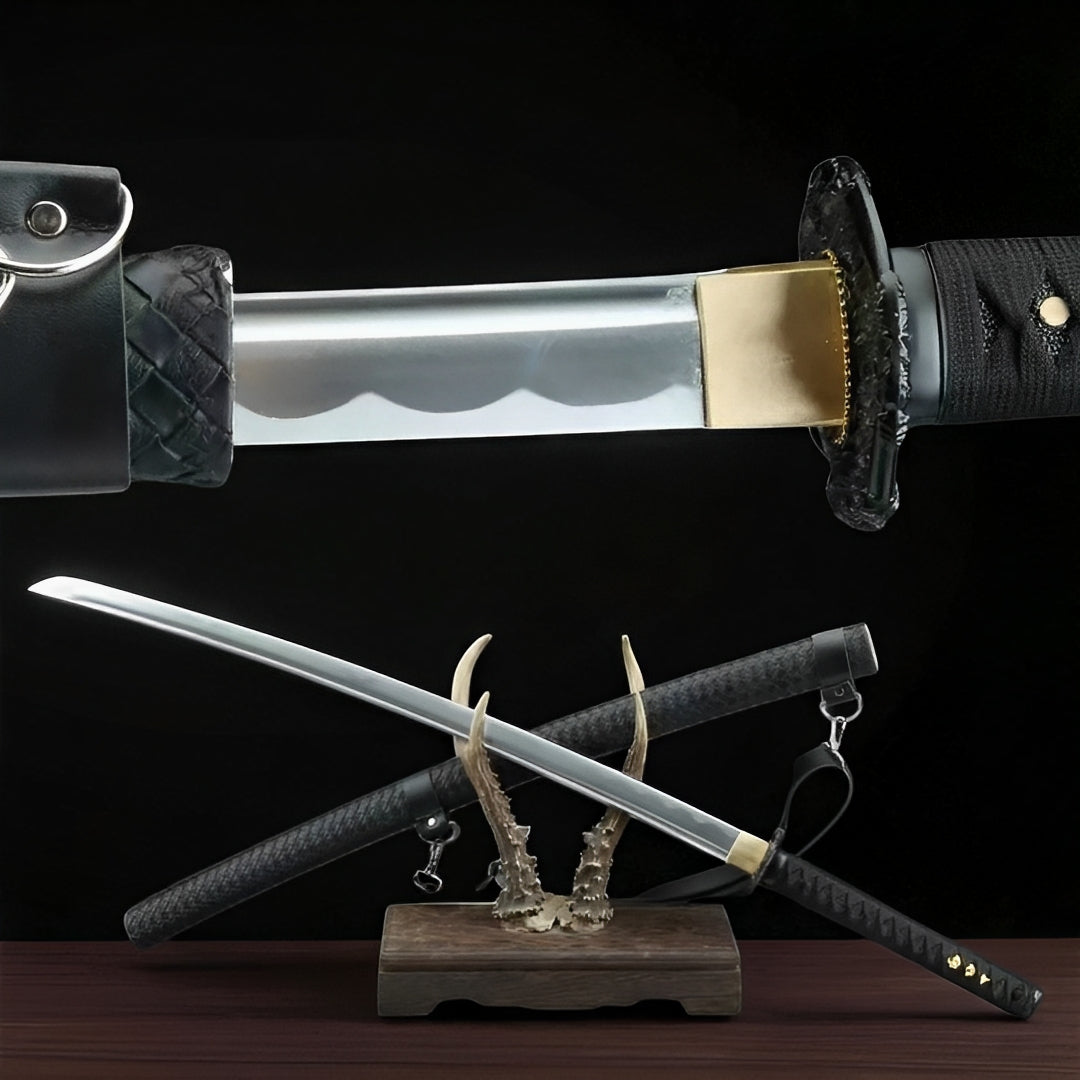
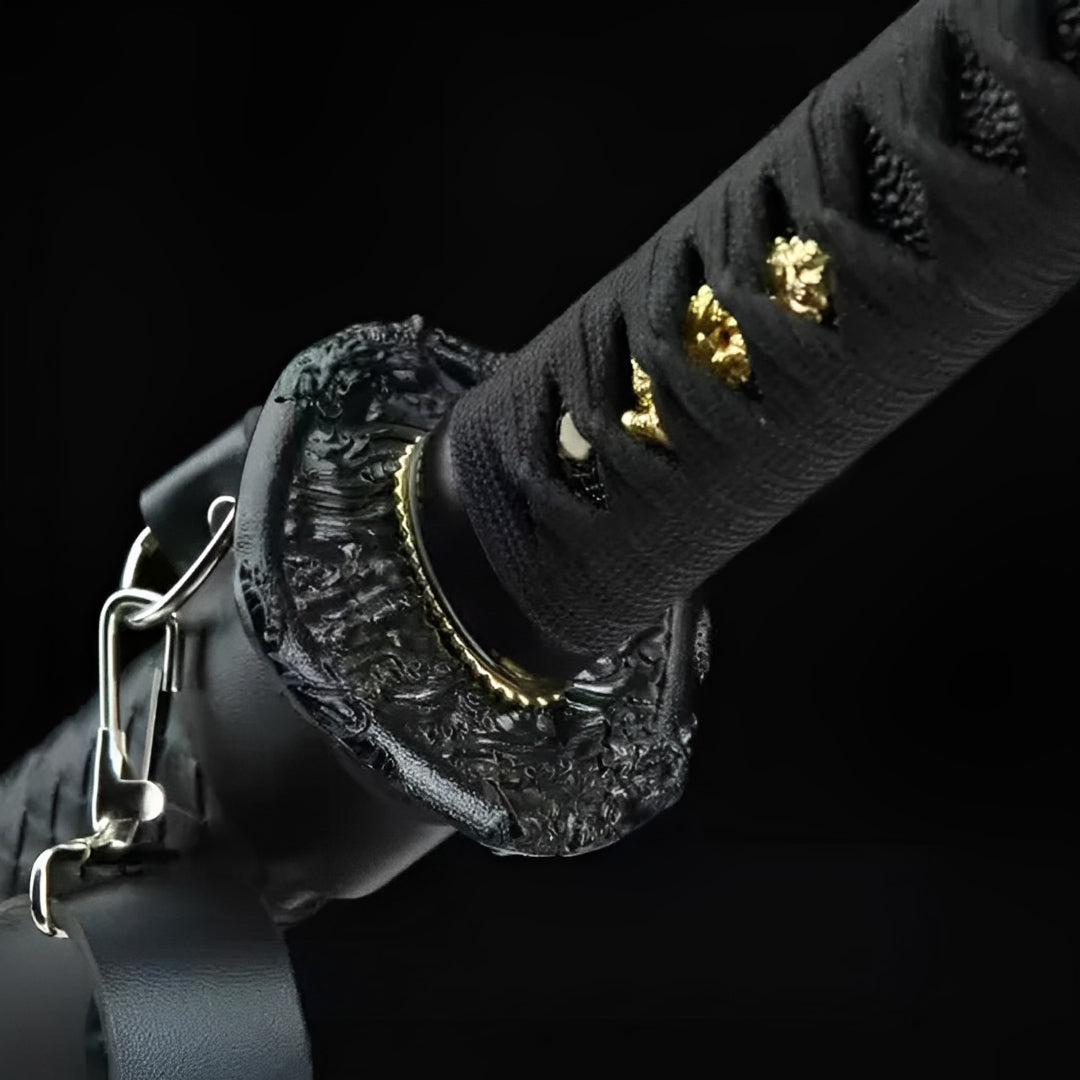
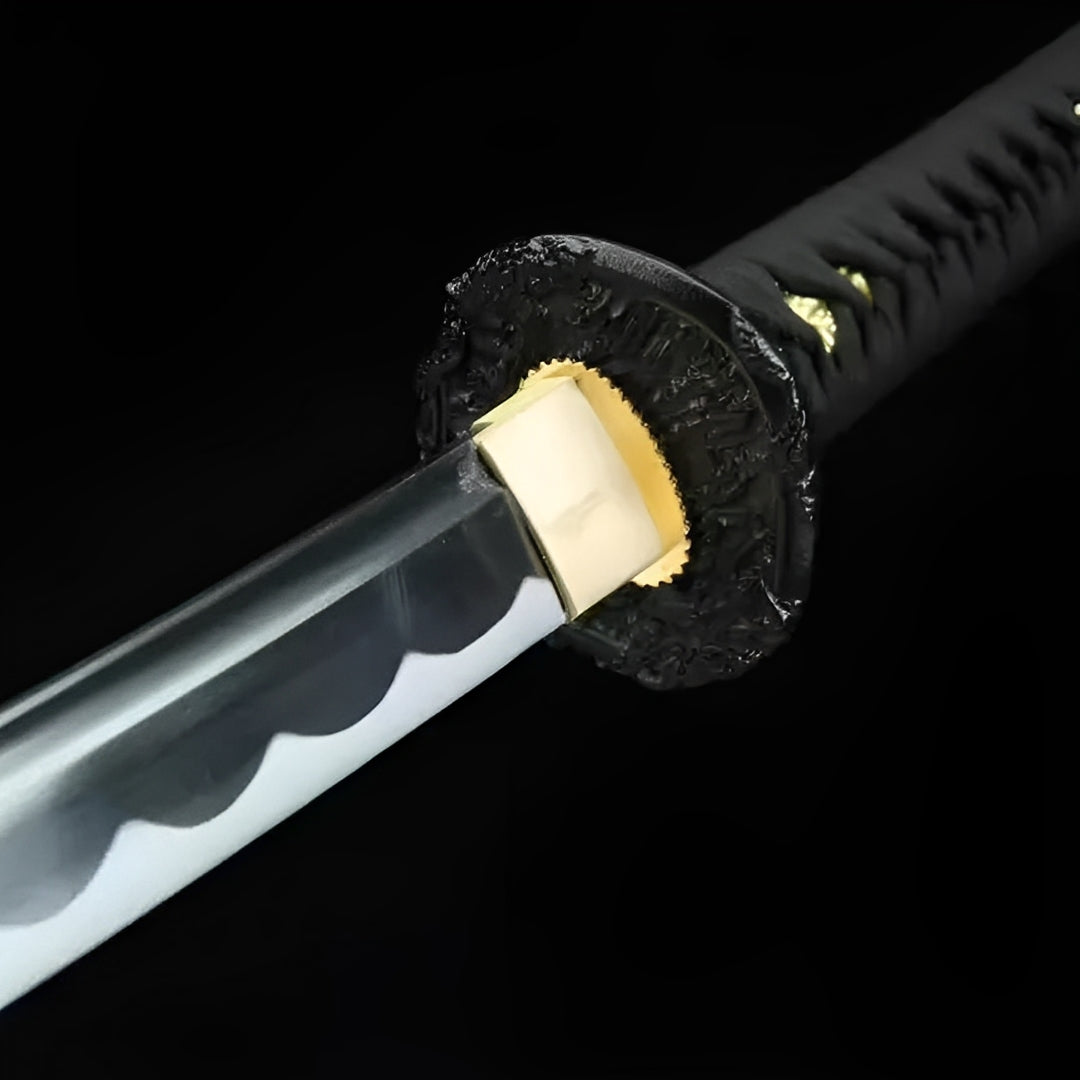
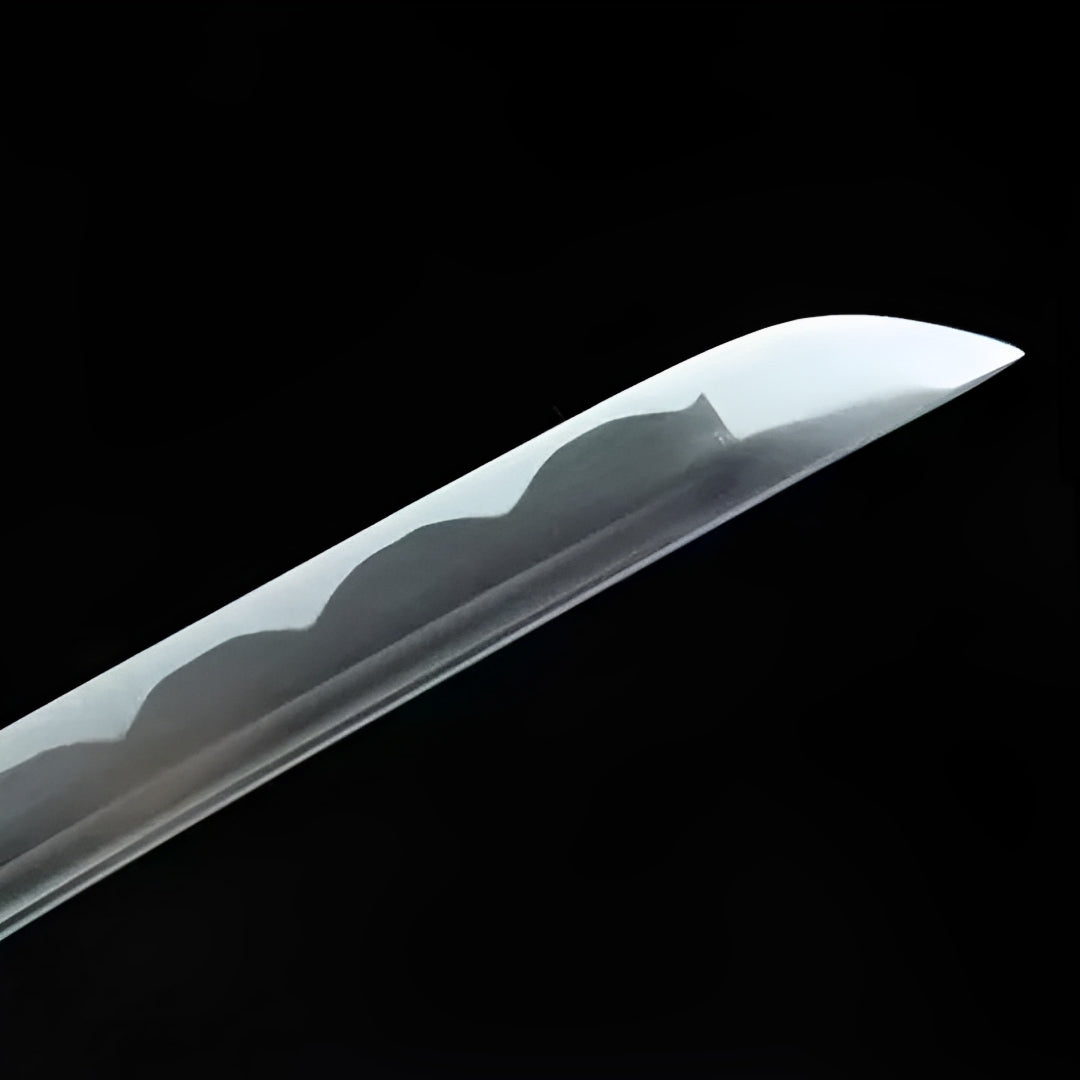
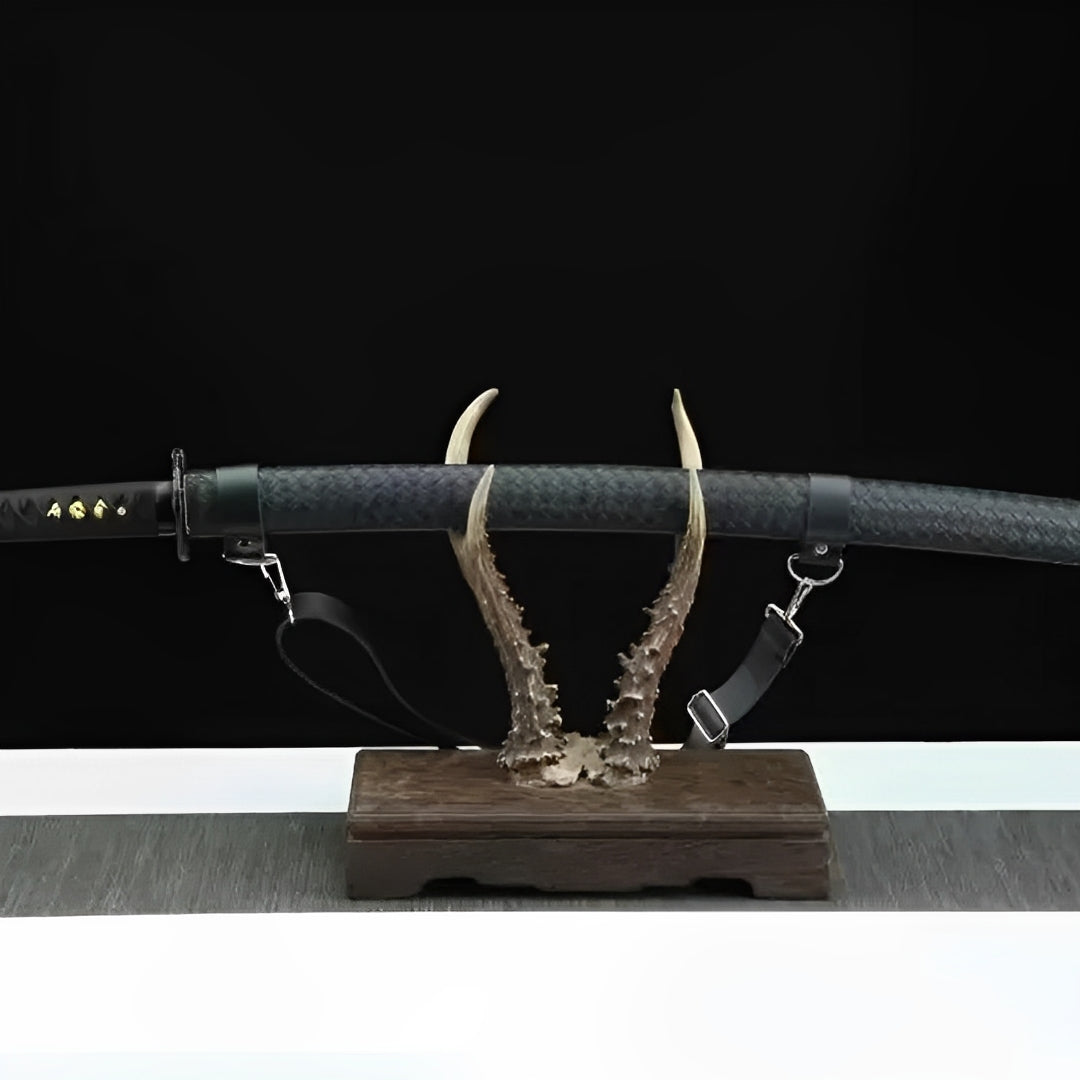
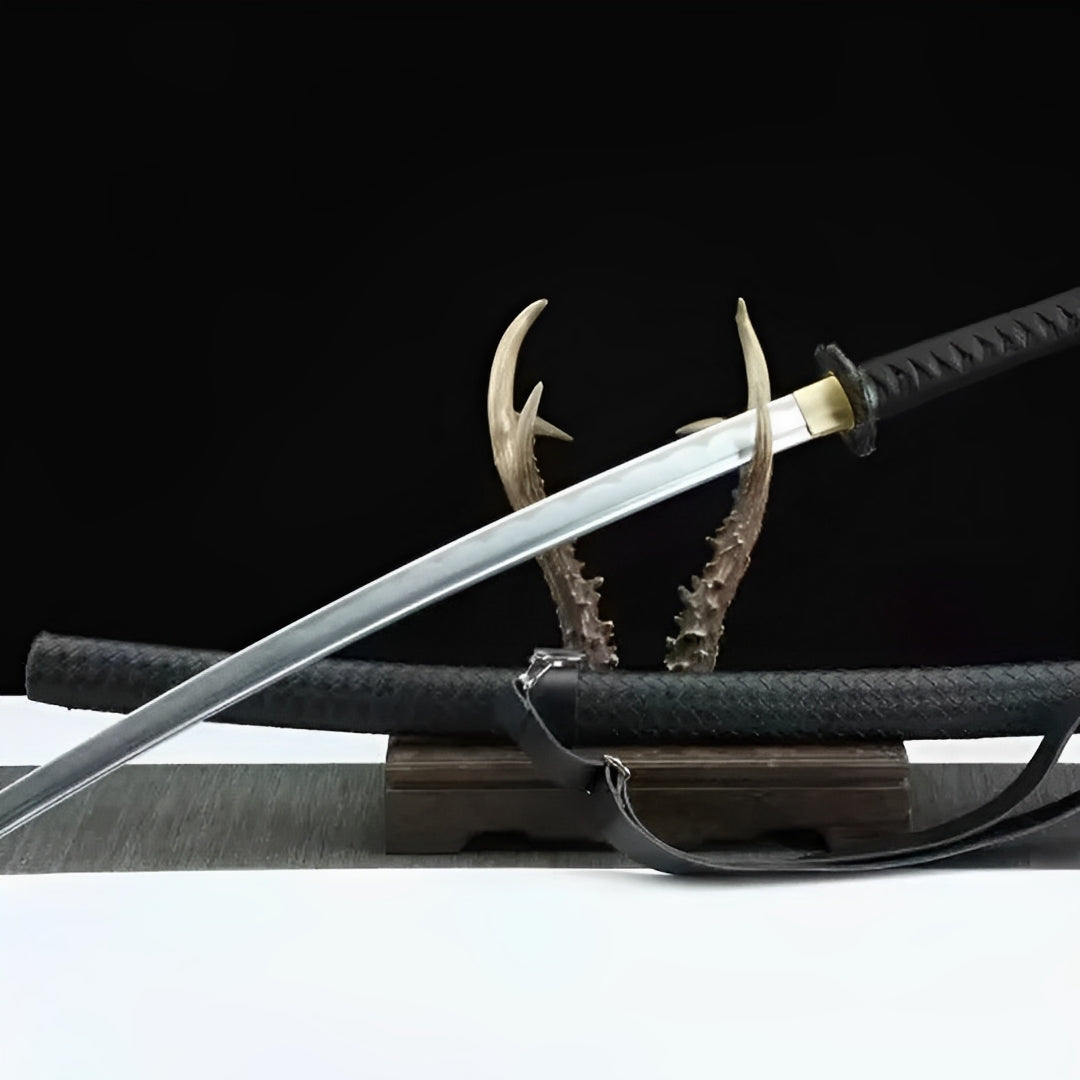

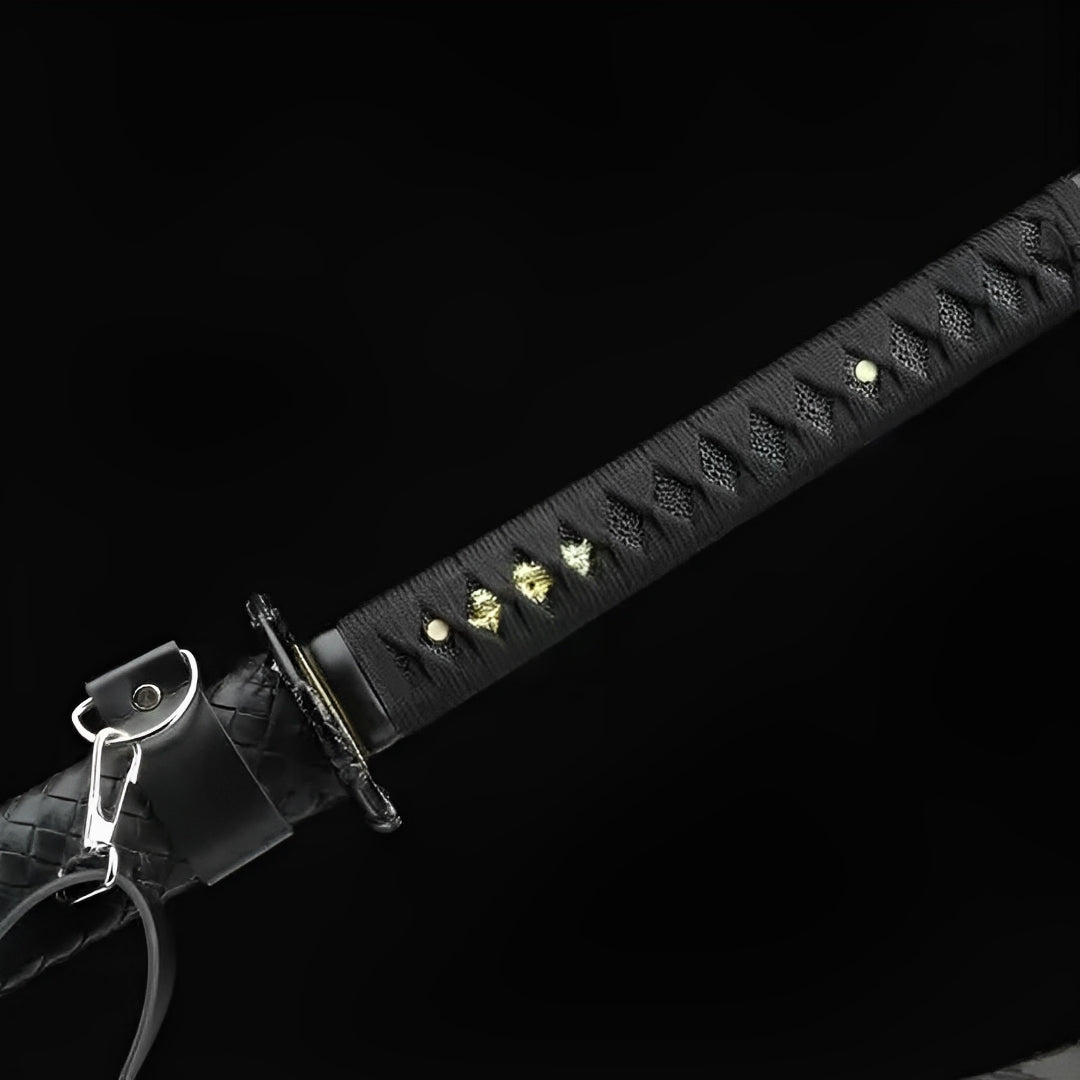
Why choose us
Ships within 48/72h
Forged Blade
Collector Quality
Trusted Globally
Inspired by Japan
Kokuga Katana - 黒牙
Included with your order



Note: Engraving placement and orientation may vary by blade model (hamon, geometry, and flat area).
Free Shipping over $250
No Bots, No AI
Refund Guaranteed
Free Shipping over $250
No Bots, No AI
Our team is here to help with any questions or concerns.
We’re always happy to assist you — don’t hesitate to reach out.
Why choose us
Ships within 48/72h
Forged Blade
Collector Quality
Trusted Globally
Inspired by Japan

Kokuga Katana - 黒牙
Specifications
- Handmade
- SHARP
- Blade: 1060 Carbon Steel
- SAGEO & ITO in Cotton
- Synthetic Rayskin
- Full Tang
- Zinc alloy Tsuba
- Total size: 105cm / 41 (in)
- Blade size: 72cm / 28 (in)
- Blade width: 3,2cm / 1.2 (in)
- Blade thickness: 0,7cm / 0.27 (in)
- Handle size: 30cm / 11.8 (in)
Kokuga Katana - Black Armor Daisho Complete Set
Walk completely equipped with Kokuga Katana, blade understanding warriors need more than single sword. This comprehensive daisho set refuses incomplete preparation - quilted black armor aesthetic suggesting samurai's complete readiness, paired tanto providing close-quarters capability when long blade proves unwieldy, visible hamon line honoring traditional forging techniques, the entire presentation demonstrating that serious collectors acquire systems not items. Not single sword but warrior's complete toolkit, each component serving distinct tactical role, asking whether you collect weapons or build functional arsenals respecting thousand-year traditions about preparedness determining survival.
Daisho Honor System
Daisho (大小 - literally "big-small") represented paired swords defining samurai class during Edo period (1603-1868). Laws explicitly reserved wearing two swords exclusively for samurai, the paired blades becoming visible class marker distinguishing warriors from merchants, farmers, artisans forbidden that privilege. This class symbol set carries that historical weight - not mere matching swords but complete identity statement about bearer's status, training, responsibilities.
The katana (long sword) served battlefield and formal dueling, its 60+ centimeter blade providing reach advantage and cutting power. The tanto (short blade) handled confined spaces, delivered coup de grace to wounded enemies, served backup when katana broke or became lodged, and crucially, enabled seppuku (ritual suicide) maintaining honor through death when circumstances demanded. The complete warrior arsenal pairing ensured preparedness for every combat scenario samurai might face.
Traditional daisho ownership came with explicit responsibilities - samurai carrying these paired blades accepted duties protecting lord, maintaining social order, upholding bushido code's demanding standards. The privilege of wearing two swords balanced against obligation using them serving others rather than personal interests. That philosophical depth transforms matched blades from mere possessions into identity markers carrying ethical weight.
Modern collectors rarely appreciate daisho sets' completeness - most buy single flashy katanas ignoring that historical warriors considered paired swords minimum acceptable equipment. Owning daisho demonstrates collecting sophistication: understanding weapons exist within systems, recognizing context matters as much as individual pieces, respecting traditions where preparation meant difference between survival and death.
Historical enthusiasts specifically value daisho sets for education - you can't truly understand samurai culture through single sword any more than understanding chess through knowing only how queens move. The paired swords interact tactically, symbolically, socially. That interconnection rewards study impossible through isolated pieces.
Quilted Armor Aesthetic
The diamond-quilted black saya creates this set's most distinctive visual feature - pattern suggesting padded armor (yoroi), textile techniques traditionally associated with protective gear. This armor-inspired blade channels warrior culture holistically, acknowledging swords existed within complete equipment systems including armor, helmets, banners, all contributing to unified aesthetic communicating clan affiliation, rank, personal style.
The quilting specifically references kusari katabira (chain armor jackets) or karuta armor's overlapping plates, protection methods samurai layered achieving balance between mobility and defense. By applying those textile patterns to sword furniture, the design demonstrates sophisticated understanding that warrior culture integrated aesthetics across all equipment rather than treating swords as isolated art objects.
Traditional Japanese textile arts achieved extraordinary sophistication - sashiko stitching reinforcing fabrics while creating decorative patterns, complex weaving techniques producing armor-grade silk, dyeing methods creating colors that maintained vibrancy despite battlefield conditions. The textile mastery blade quilting honors those traditions, proving fiber arts and metalworking weren't separate crafts but interconnected disciplines serving warrior culture.
Luxury fashion houses (Chanel's quilted bags, Burberry's diamond patterns) prove quilting communicates sophistication when executed perfectly. The technique creates dimensional texture catching light beautifully, suggesting substantial construction quality, implying hand-craftsmanship even when machine-produced. The saya's quilting achieves similar psychological effects - announcing quality through texture, demonstrating attention to detail, creating visual interest through pattern repetition.
Hamon Temper Line
The visible hamon (波紋 - wave pattern) along blade edge represents traditional Japanese differential hardening technique - clay application before quenching creates harder edge for cutting while maintaining softer, flexible spine preventing catastrophic breakage. That wavy line separating hardened steel from softer body steel becomes functional necessity transformed into aesthetic signature, each smith developing recognizable hamon styles.
This authentic technique blade honors that tradition. While modern replicas often paint fake hamon lines, quality pieces achieve actual differential hardening or sophisticated coating mimicking genuine technique's appearance. The visibility matters - samurai historically evaluated swords partially through hamon quality, the pattern's clarity, consistency, artistic merit indicating forging excellence.
Traditional hamon patterns carried names: suguha (straight), notare (undulating), gunome (clustered), choji (cloverleaf). Connoisseurs identified smiths through hamon recognition similar to art experts identifying painters through brushwork. The connoisseur marker blade visible hamon invites that educated appreciation, transforming casual viewing into informed evaluation.
The hamon also tells stories - genuine differentially hardened blades show hamon throughout blade length because hardening occurred during forging; modern etched or painted lines sometimes disappear near tip or tang, revealing shortcuts. Quality replicas maintain consistency, respecting that educated collectors examine thoroughly rather than glancing superficially.
Black-on-Black Sophistication
The monochrome palette - black quilted saya, black tsuba, black handle, black tanto - creates sophisticated restraint elevating this set beyond colorful alternatives. This luxury monochrome set proves that restriction breeds creativity, that working within tight constraints demands excellence since nothing distracts from execution quality.
All-black challenges photographers and displayers - without color variation creating interest, everything depends on texture, form, lighting. The quilting pattern becomes crucial providing visual differentiation, the hamon line draws eyes through metallic contrast, the golden habaki provides minimal accent preventing complete darkness. That calculated composition demonstrates design sophistication where every element justifies inclusion.
Fashion's enduring truth applies: black never goes out of style. From haute couture to luxury automobiles, black signifies sophistication transcending temporary trends. The timeless aesthetic set embraces that principle, ensuring relevance regardless of current collecting fashions, maintaining display appropriateness across decades as tastes evolve.
Traditional Japanese aesthetics celebrated black through multiple contexts - black lacquer (urushi) represented pinnacle technical achievement, black dyes required complex processing, black silk commanded premium prices. The color wasn't default choice but deliberate selection communicating quality, restraint, sophistication. The all-black daisho continues that tradition of black-as-statement rather than black-as-neutral.
Complete Collector Achievement
Owning daisho represents collecting milestone - transitioning from accumulating individual pieces toward building coherent sets, understanding systems rather than objects, respecting traditions requiring completeness. This achievement set marks progression from novice (buying whatever looks cool) through enthusiast (learning about individual swords) to connoisseur (appreciating how pieces work together).
Display considerations change with paired swords - you need appropriate stands accommodating both pieces, space allowing proper presentation without crowding, lighting revealing both blades' features. That demanding display requirement filters casual interests from serious commitments - you can't half-commit to daisho; either accommodate properly or don't acquire.
Investment value favors complete sets over equivalent-cost individual pieces. Paired swords documented staying together command premiums over orphaned singles even when individual components show superior craftsmanship. The completeness itself creates value, proving collectors recognize set integrity's importance.
The warrior completion blade particularly appeals to collectors who've acquired extensively, recognize they're building collection toward specific vision rather than randomly accumulating. The daisho becomes centerpiece around which other acquisitions orbit, the standard against which future purchases get evaluated - does this new piece complement or clash with the aesthetic my daisho establishes?
Martial arts practitioners especially appreciate paired weapons' tactical completeness. Training with both long and short blades develops different skills, understanding each weapon's strengths and limitations, recognizing when switching becomes necessary. The daisho enables that comprehensive training impossible through single-sword focus.
Care Instructions: Maintain this complete set understanding that paired weapons require doubled diligence. Both blades need regular inspection, cleaning, oiling if functional steel. The quilted saya demands gentle brushing removing dust from diamond pattern's crevices; aggressive cleaning damages texture. The black finish shows fingerprints mercilessly - handle with cotton gloves during display changes. The hamon line (if genuine) requires specialist care; consult experts before applying any substances. The tanto deserves equal attention despite smaller size - its short blade concentrates forces differently, making it paradoxically more prone certain damage types than longer katana. Display both together always; separating daisho sets feels wrong historically, looks incomplete aesthetically, loses paired weapons' philosophical resonance. Consider this set teacher about completeness, systems thinking, respecting traditions where preparation meant survival.
Two swords. One warrior. Complete preparation. The daisho refuses half-measures.
Legal Disclaimer
By purchasing from Katana Corp, you acknowledge and agree that:
- You are at least 18 years of age (or the age of majority in your jurisdiction).
- You are solely responsible for verifying and complying with all local laws and import regulations before placing an order.
- Some countries prohibit the importation of swords entirely. Katana Corp is not responsible for orders delayed, seized, or refused by customs authorities.
- All katanas and related products are sold strictly as decorative and display items. They are not intended or certified for combat use.
- Depending on the jurisdiction, swords may legally be considered bladed weapons, subject to specific restrictions or prohibitions.
- Katana Corp disclaims all liability for any injury, damage, or legal consequences resulting from misuse, abuse, or unlawful use of its products.
For full details, please refer to our Terms of Service.
Care & Maintenance
To maintain your katana's appearance and performance over time, we recommend:
- Regularly wiping the blade with a soft cloth to remove fingerprints and moisture.
- Applying a light coat of choji oil to prevent rust (for carbon steel blades).
- Storing the sword in a dry place, preferably inside its saya.
- Avoiding direct contact with hard surfaces to preserve sharpness and finish.
For more care tips, check our full maintenance guide in the FAQ section.
Behind the Blade
Every katana we offer carries the essence of centuries-old craftsmanship.
More than just a weapon, the katana symbolizes discipline, honor, and mastery.
Our artisans draw inspiration from traditional forging methods to ensure each blade reflects the spirit of the samurai — strength, precision, and soul.
Owning one is not just about aesthetics — it’s about carrying a piece of that legacy.
User Experience
This katana is designed to offer a perfect balance between blade and handle.
Its ergonomic tsuka (handle) allows a secure two-handed grip, while the weight distribution ensures smooth, fluid movement.
Whether for training, display or cutting practice, handling feels natural and precise.

The Art of Traditional Forging
Each katana we craft is born from centuries of samurai tradition.
Our master smiths shape every blade by hand, folding the steel to achieve unmatched strength, flexibility, and beauty.
This time-honored process is not just about creating a weapon? it’s about preserving a legacy of discipline, honor, and artistry.
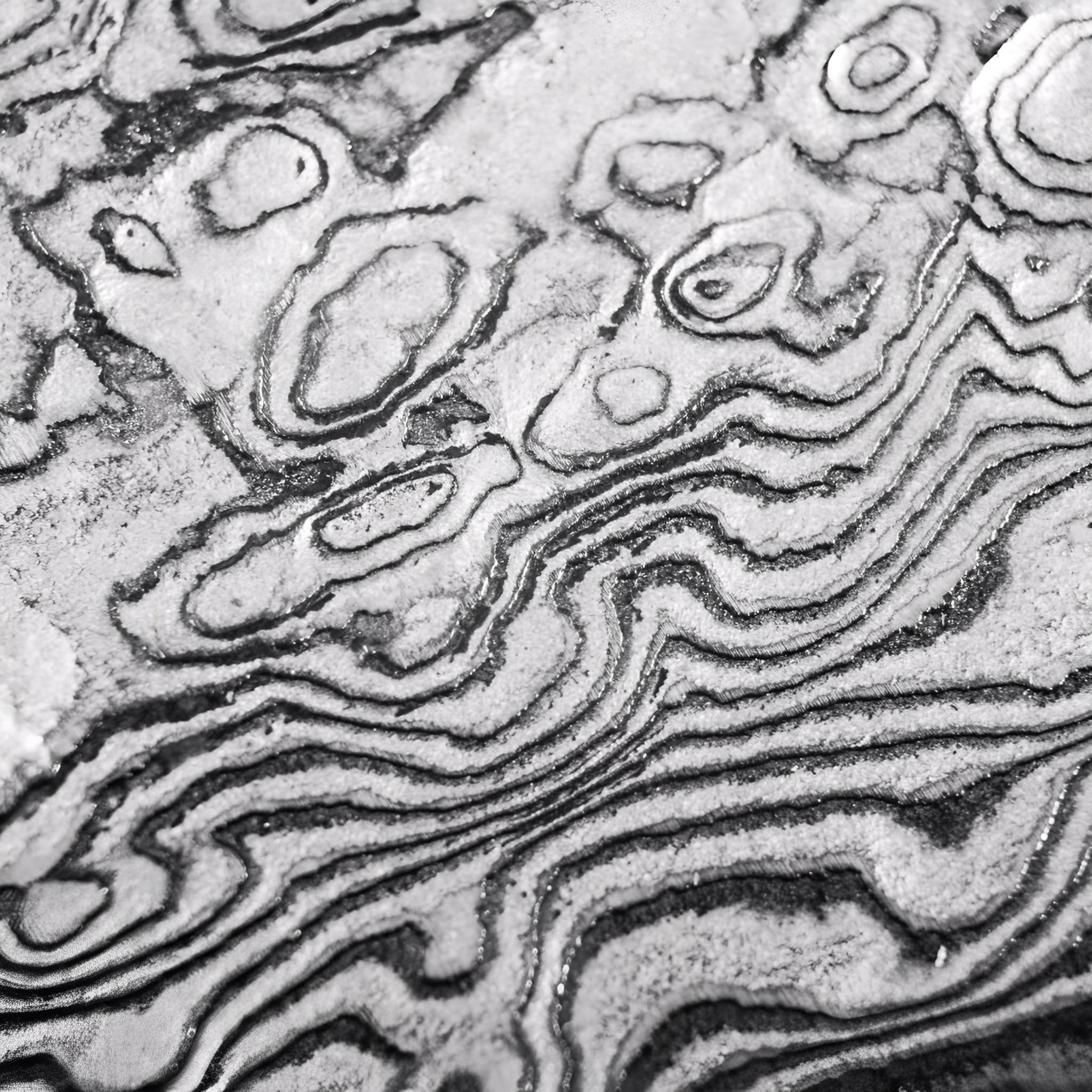
Materials Chosen Without Compromise
We select only the highest-grade steels and authentic fittings to ensure every katana is both a masterpiece and a reliable companion.
From the flawless hamon line to the perfectly balanced tang, each detail is carefully inspected to meet the highest standards of performance and aesthetics.
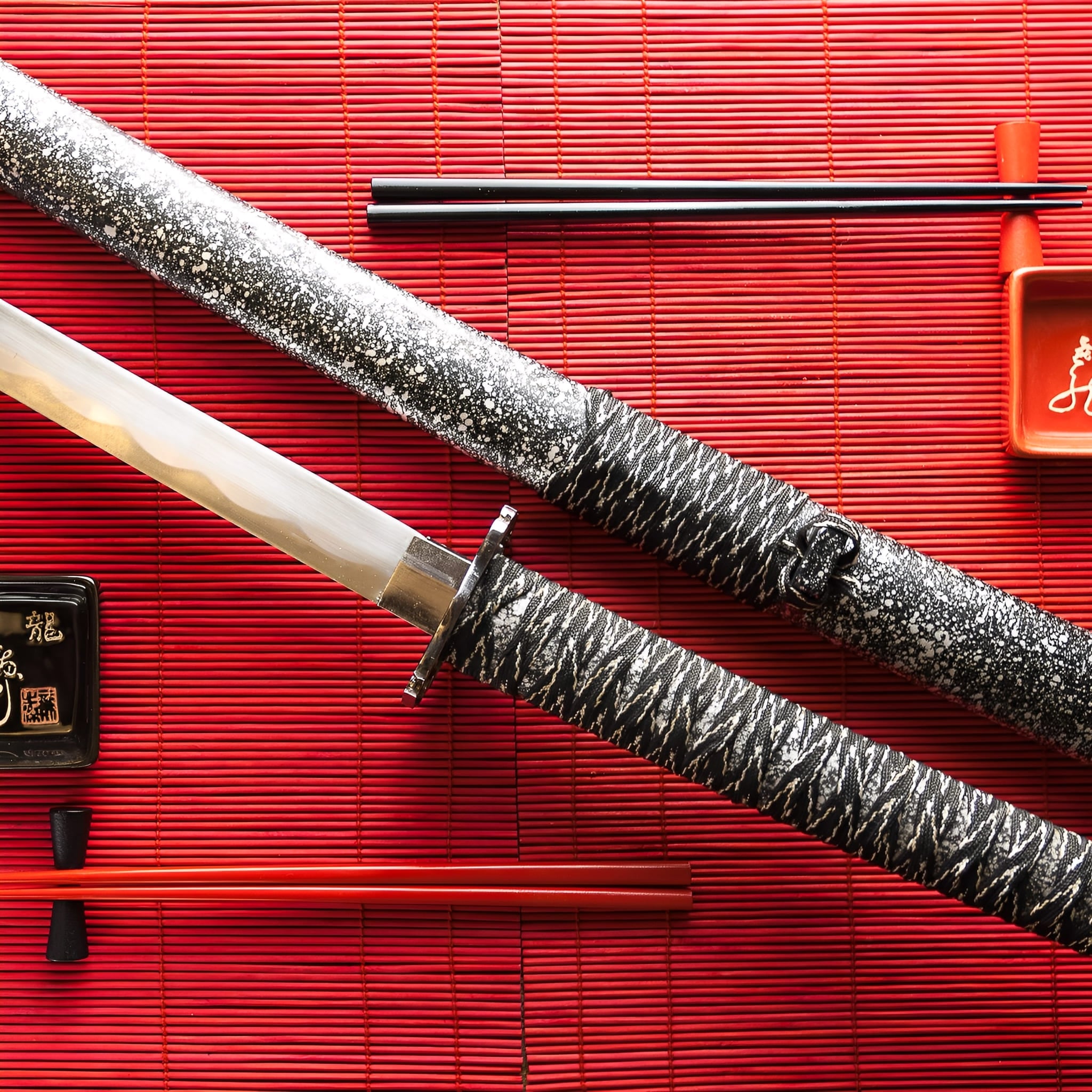
More Than a Sword, A Lifelong Legacy
Owning a handmade katana is an experience that goes beyond the blade itself. It’s holding history, tradition, and craftsmanship in your hands.
Whether displayed as a work of art or wielded with precision, your katana will stand as a symbol of timeless skill and dedication for generations to come.
-
Key Destinations
United States: 5–7 days
Canada: 5–7 days
Australia: 6–9 days
Denmark: 4–6 days
Netherlands: 3–5 days
Sweden: 4–6 days
Switzerland: 3–5 days
Finland: 5–7 days
Singapore: 6–8 days -
Central European Partners
France: 2–3 days
Germany: 3–5 days
Spain: 4–6 days
Italy: 4–6 days
Belgium: 3–5 days
Austria: 4–6 days
Ireland: 4–6 days
Poland: 4–6 days
Portugal: 4–6 days -
Extended EU Network
Czechia: 4–6 days
Hungary: 4–6 days
Slovakia: 4–6 days
Slovenia: 5–7 days
Romania: 5–7 days
Bulgaria: 5–7 days
Croatia: 5–7 days
Serbia: 5–7 days
Estonia: 5–7 days
Latvia: 5–7 days
Lithuania: 5–7 days
Luxembourg: 3–5 days
Greece: 5–8 days -
FAQ’s
Visit our FAQs page to find answers to common questions.